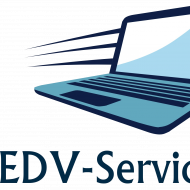E unsecured personal technology allows visitors to authenticate documents online in a simple, convenient and secure manner. It is also a great tool for businesses to use in their global document workflows when working with offshore partners. It eliminates the advantages of paper, keeping time and money and reduces risk. But many businesses still fight to adopt at the signature alternatives. This is often because of misinformation or putting too much weight on imagined obstacles.
There are different types of e signatures that are used with respect to the type of method and legal framework. Basic electronic signatures (SES) certainly are a typed identity or various other digital duplication of the signer’s handwritten personal unsecured that is placed on a document using a stylus pen or a mobile device. These kind of e autographs don’t use any kind of identity confirmation or encryption and are considered as the least secure, appropriate for lower-risk transactions. Verified electronic validations (AES) supply highest higher level of security simply using a private and public key to create cryptographic proof the fact that document has been signed by signer and this it hasn’t been improved.
The use of digital certificates to verify a person’s identity is required for AES and meets eIDAS control in board software tool Europe. This requires a Qualified Trust Services Hosting company to validate the signer and concern a license, which is afterward appended to the document during the signing process. Many e-signature solutions contain this level of verification and security to make certain compliance with legal requirements and industry specifications.
